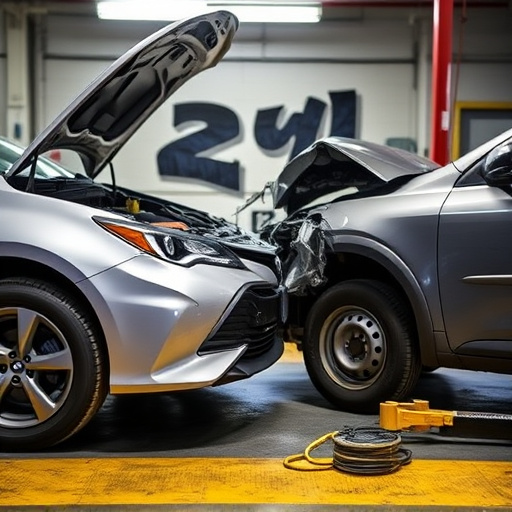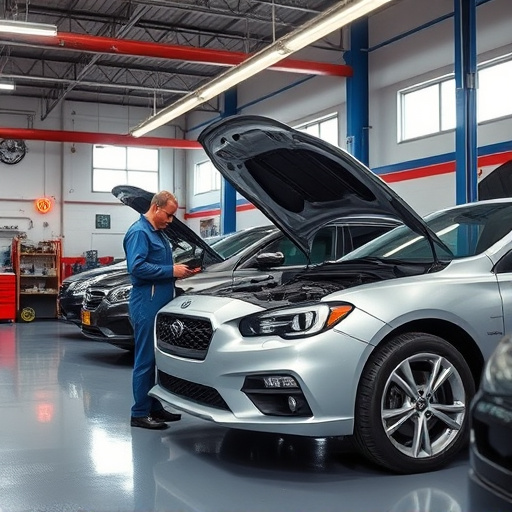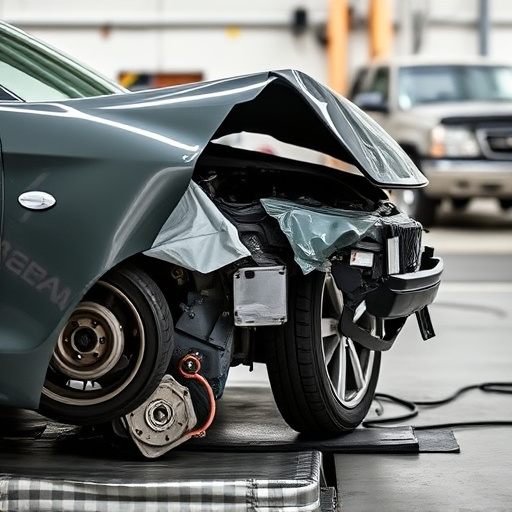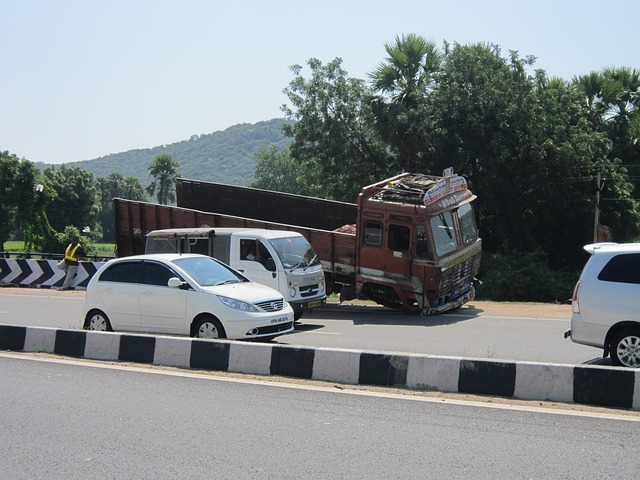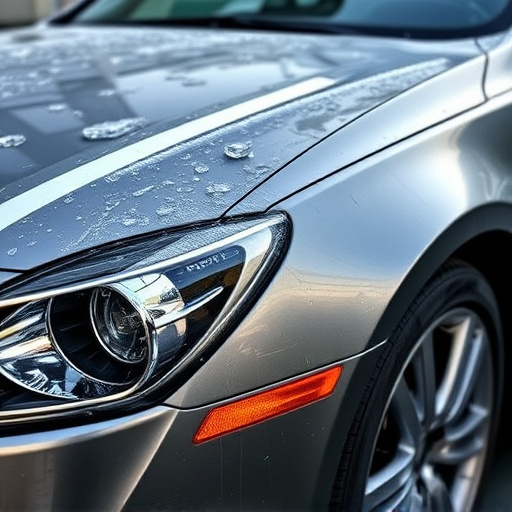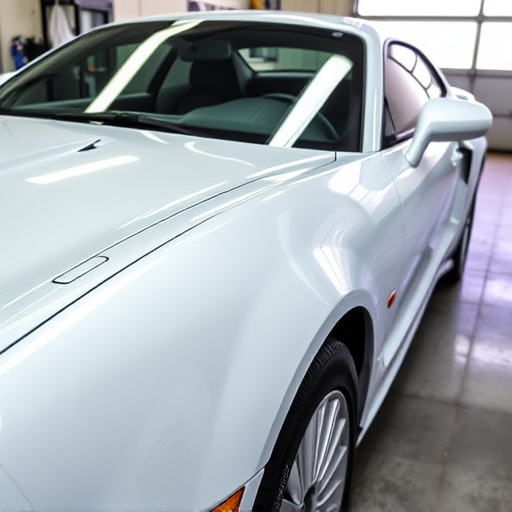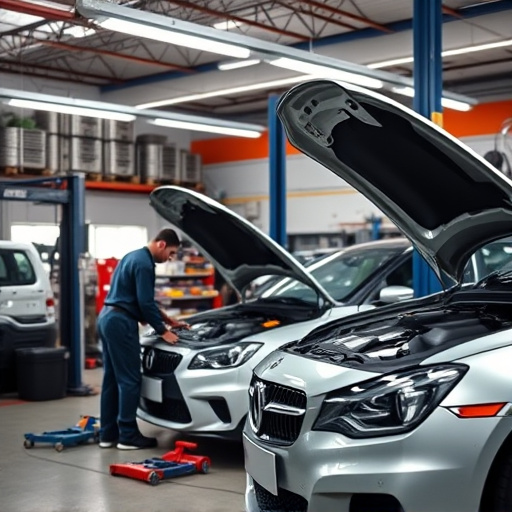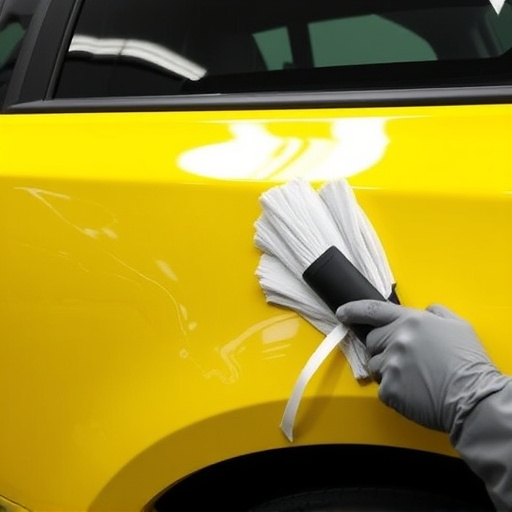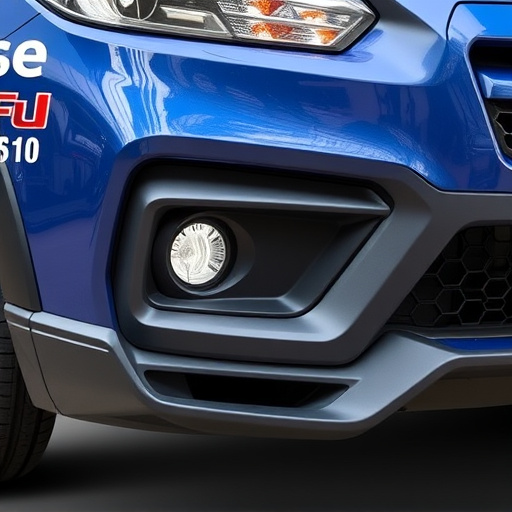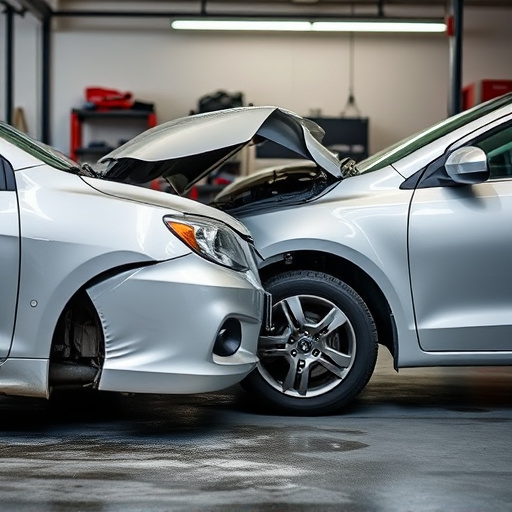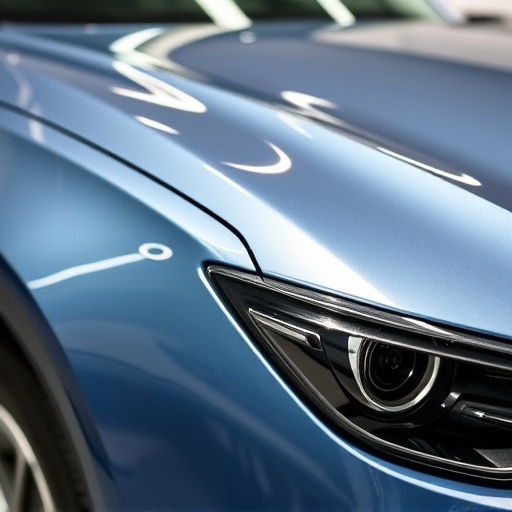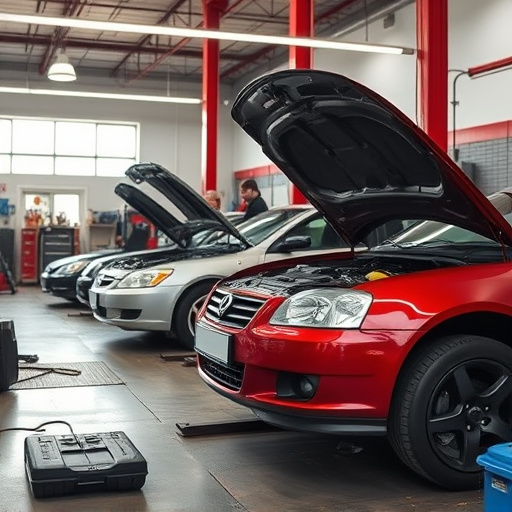Pedestrian safety features repair is crucial vehicle maintenance focusing on protecting drivers and pedestrians through advanced systems like braking, airbags, and sturdier zones. Regular car scratch repair preserves structural integrity. Common issues from wear, accidents, or aging impact brakes, steering, visibility. Skilled technicians address these for enhanced pedestrian safety. Safe infrastructure includes regular crosswalk, sidewalk, signal inspections; using technology to identify hazards promptly. Clear crosswalks, accessible sidewalks, visible markings improve safety for all road users.
In today’s urban landscape, ensuring pedestrian safety is paramount. This article delves into the essential aspect of understanding and maintaining pedestrian safety features, especially for drivers. We explore critical repairs that can impact safety, from crack sealing to lighting maintenance. Learn about best practices for infrastructure upkeep, enabling drivers to navigate bustling cities securely. By addressing these issues, we aim to revolutionize pedestrian safety, fostering a symphony of secure streets for all.
- Understanding Pedestrian Safety Features
- Common Repair Issues and Their Impact
- Best Practices for SafePedestrian Infrastructure Maintenance
Understanding Pedestrian Safety Features
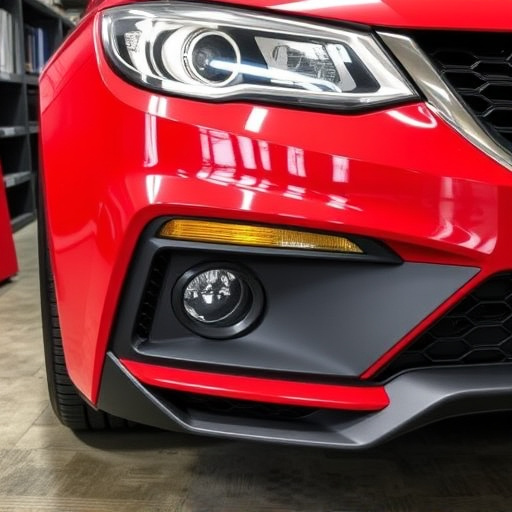
Pedestrian safety features are crucial components designed to protect individuals on foot and prevent severe injuries in the event of a collision. These features encompass various elements within vehicles, from advanced braking systems to improved impact zones. Understanding these safety mechanisms is essential for both drivers and pedestrians alike. By recognizing the role of robust fender bender repairs and meticulous car scratch repair, drivers can gain insights into how these minor incidents can be transformed into opportunities for enhancing overall vehicle safety.
When a vehicle undergoes pedestrian safety features repair, it ensures that critical systems are functioning optimally. This includes sophisticated airbag deployment mechanisms, sturdier crumple zones, and advanced sensors that detect and respond to pedestrians effectively. Moreover, regular car scratch repair not only improves the aesthetic appeal of a vehicle but also plays a subtle role in safety. Small scratches can compromise a car’s structural integrity over time, so addressing them promptly contributes to maintaining a safer driving environment for all parties involved.
Common Repair Issues and Their Impact

Common Repair Issues and Their Impact on Pedestrian Safety Features
One of the primary concerns in vehicle maintenance is addressing common repair issues that can affect pedestrian safety features. These issues often arise from everyday wear and tear, accidents, or age-related deterioration. A simple misalignment of a car’s front end can lead to malfunctioning brakes or distorted steering, impacting the overall stability and response time when encountering pedestrians. Similarly, damaged or improperly aligned headlights may result in reduced visibility, increasing the risk of collisions during night walks or in low-light conditions.
In a collision repair center or car body shop, technicians play a vital role in rectifying these problems through meticulous car body restoration. This involves precise adjustments to ensure proper functioning of safety mechanisms, such as restoring optimal headlight alignment and repairing any dents or scratches that might compromise the structural integrity of the vehicle. By addressing these issues promptly, drivers can rest assured that their vehicles are better equipped to respond to unexpected situations, thereby enhancing pedestrian safety on the road.
Best Practices for SafePedestrian Infrastructure Maintenance
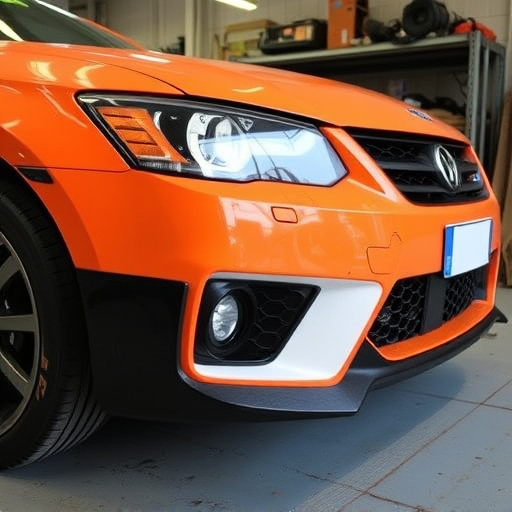
Maintaining safe pedestrian infrastructure is paramount for any city aiming to prioritize its residents’ well-being and mobility. Best practices involve regular inspections and prompt repairs of damaged features such as crosswalks, sidewalks, and traffic signals. Authorities should adopt a proactive approach, leveraging advanced technologies like sensors and data analytics to identify potential hazards before they become issues. This includes addressing cracks, uneven surfaces, and missing signs promptly, as these can significantly impact pedestrian safety.
Additionally, integrating visible markings and road surface treatments can enhance crosswalk visibility, guiding pedestrians across roads more securely. Regular cleaning and maintenance of these features ensure their effectiveness over time. Moreover, keeping sidewalks clear of obstacles like construction materials or cluttered debris not only aids accessibility but also improves overall safety for those on foot. Embracing these best practices is pivotal in fostering a culture of pedestrian-centric urban planning and ensuring the safe integration of all road users.
Pedestrian safety features repair is not just a maintenance task; it’s a vital investment in our urban landscapes. By understanding common issues, adopting best practices, and prioritising these repairs, drivers can contribute to creating safer walking environments. Embracing proactive infrastructure maintenance ensures that everyone, from commuters to pedestrians, can navigate our cities with enhanced security and peace of mind. Let’s work together to make our streets more welcoming and secure for all.


